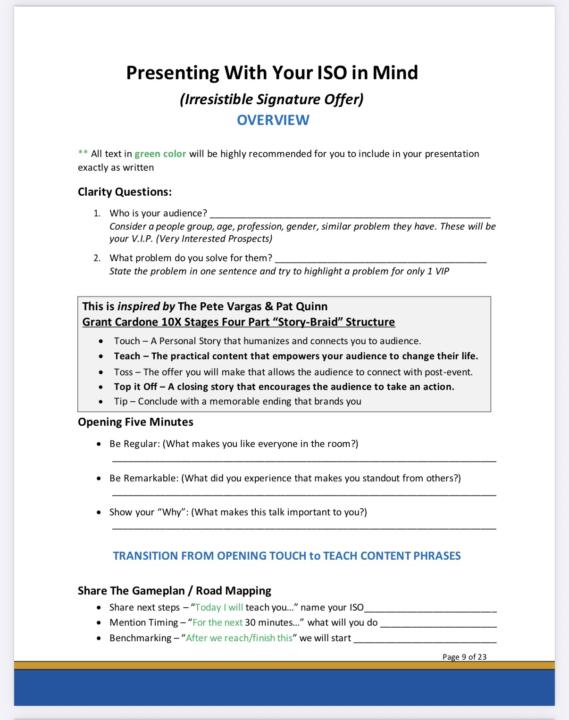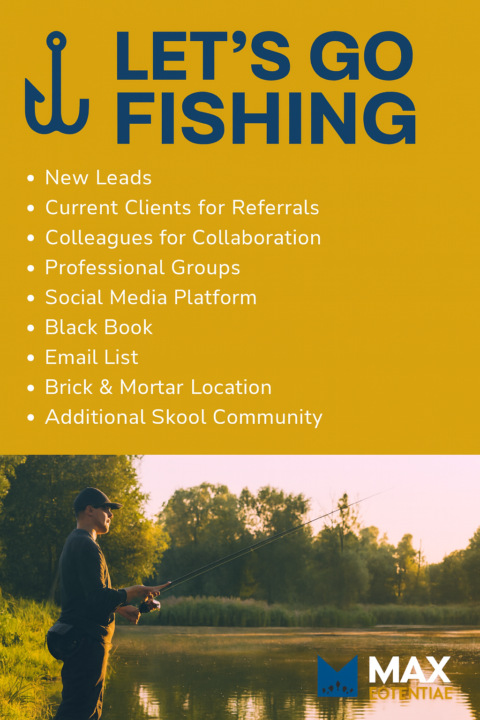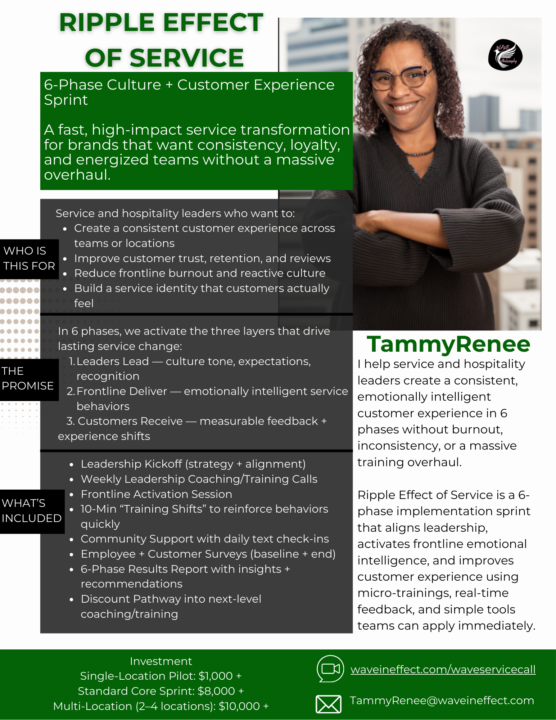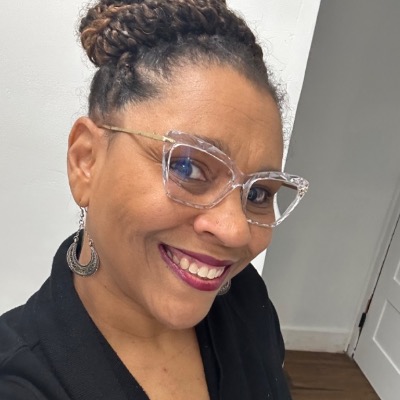Activity
Mon
Wed
Fri
Sun
Jan
Feb
Mar
Apr
May
Jun
Jul
Aug
Sep
Oct
Nov
Dec
What is this?
Less
More
Memberships
Modern CSM
17 members • Free
CX Agency
6 members • Free
Customer Service Training
18 members • Free
The Skool Hub
2.6k members • Free
𝙂𝙊𝙊𝙎𝙄𝙁𝙔 🍓🐛🦋🌈⭐️🩷
8.2k members • Free
Mrs. Perfect Credit® Club
19 members • Free
BookRich Profits Club™
118 members • $9/month
Max Potential Speak & Coaching
124 members • Free
The Sacred Circle
423 members • $7/m
41 contributions to Max Potential Speak & Coaching
NYN Challenge Day 9 - What to Say?
Now that you have a presentation, how will you say it… we highly recommend PRESENTING BETTER WITH our Max Potential 5T TALK METHOD Playmakers… if you want your presentations, pitches, and keynotes to land AND lead to action, use this simple structure: 1️⃣ TOUCH – Start with a personal story that connects you to the room. 2️⃣ TEACH – Share one practical idea that creates real value. (Ideally from your ISO or signature framework) 3️⃣ TOSS – Challenge listeners to a call to action. Either implement the teaching or acquire services. 4️⃣ TOP IT OFF – Close with a powerful story that inspires action. 5️⃣ TIP – Leave them with a memorable takeaway that brands you. This method keeps your message clear, your audience engaged, and your offer natural—not forced. If you want help building your 5T talk or tweaking your keynote, drop “5T” in the comments and let’s make a play! Otherwise, let's see in the COMMENTS your answers for each of the 5T Talk Steps Make A Play!!! Below are 3 photos excerpts from the 24 Page Max The Mic Book we use in our program, and that can be found in the actual NYN Challenge Course.

NYN Challenge Day 8 - Selling is Serving
Your solution is someone’s breakthrough. Playmakers — today we shift our mindset around selling. Selling isn’t pushy. It isn’t pressure. It isn’t “bothering” people. Selling is SERVING. Because people aren’t buying your product — they’re buying the solution you provide. And inside Max Potential we say: - Dollars = Decisions toward destiny - Change = Change (growth begins with investment) - Swipes = Solutions - Income = Innovation & Inspiration Money is not the mission — impact is — but money funds the mission. 🎯 THE 3-SLIDE PITCH DECK Create these TODAY: A clean, compelling story designed to get you booked. —————— Slide 1 — The Problem & The Hook What’s broken… and who cares? Identify the exact challenge your audience, organization, or client is facing. Then add a hook—a stat, story, or insight that makes them lean in and feel the urgency. ——————- Slide 2 — The Solution & Your Unique Value How YOU fix it… and why your approach works. Position your keynote, workshop, coaching program, or framework as the answer. This slide should make them think: 👉 “Wow… this is exactly what we need.” ——————- Slide 3 — The Opportunity & The Ask What they gain… and what you propose next. Show the results: improved culture, performance, clarity, retention, communication, revenue, etc. This slide positions partnering with you as a strategic win, not an expense. ————— 🔥 Purpose of the 3-Slide Pitch: To deliver a fast, clear, irresistible snapshot of the value you bring so the decision-maker says: 👉 “Let’s set up a meeting.” 👉 “We need this at our organization.” Simple. Clear. Effective. ✈️ DAY 8 CHALLENGE: MAKE A PLAY 👉 Post your 3-slide pitch deck in the comments. This is your chance to clarify your message AND start serving the people waiting for you. Playmakers — let’s solve problems, change lives, and Make A Play.
I need your support!
I started a new YouTube channel for Travel and Life Abroad, and if this topic is of intrest, you can subscribe? I want to go live, but I have to reach 50 subscribers. https://youtube.com/@travelliveglobally?si=Yf9QxSZqtD80ORDf

NYN Challenge Day 6 - Go Fishing!
DAY 6 – LET’S GO FISHING 🎣 Today we’re expanding your NET-work by reaching out to 10 people, one from each “fishing pond.” In order to increase your NET worth, we have to make your NET work in your NETwork! 🫣😜🐟 My coach Eric “ET” Thomas always says your first six figures is in your phone!!! Your next client, contract, or collaboration is already swimming out there… you just haven’t cast your net yet. At least not everyone so today here are your ponds. You get a point for each space you reach out to in 24 hours. Here are your ponds: 1) New leads (total stranger) 2) Current clients (ask for referrals or new offer) 3) Colleagues (collaboration or share new offer) 4) Professional groups/clubs 5) ONE social media platform 6) Your phone contacts 7) Your email list 8) A local brick-and-mortar business 9) Another Skool community 10) This Skool community (yep offer your service here to someone via DM and let em know you are here together) Just like Peter learned: sometimes the breakthrough is on the OTHER side of the boat. TODAY’S PLAY: 🎣 Reach out to 10 people, one from each pond. (Clearly some of the ponds are groups of people, like the email list or social media post) 🎣 Then comment below: “I cast my net” and share any wins or responses. 1️⃣ Which 10 ponds you fished in 2️⃣ Who responded 3️⃣ What opened up Momentum belongs to those who MOVE. Your NET-work builds your NET-worth. Let’s go fishing, Playmakers — Make A Play!

1 like • 22h
went fishing in all 10 ponds 1) New leads (total stranger) yes 2) Current clients (ask for referrals or new offer), coach Starr 3) Colleagues (collaboration or share new offer) Kyamuckle 4) Professional groups/clubs Global Entrepreneurs and OCBN (One Caribbean Business Network) 5) ONE social media platform, - LinkedIn 6) Your phone contacts - Courtney 7) Your email list - 1,500 8) A local brick-and-mortar business - Flex car 9) Another Skool community - book profit club 10) This Skool community (yep offer your service here to someone via DM and let em know you are here together) yes
WAVE is evolving in 2026!
I help service and hospitality leaders create a consistent, unforgettable customer experience in just 6 phases without burnout, inconsistency, or a massive training overhaul, strengthening brand reputation across every touchpoint.
1
0

1-10 of 41
@tammyrenee-maxwell-1880
I help service and hospitality leaders create a consistent, unforgettable customer experience in 6 phases, founder WAVE, Speaker, Author, and TV Host
Online now
Joined Jul 7, 2025
Atlanta, GA
Powered by


